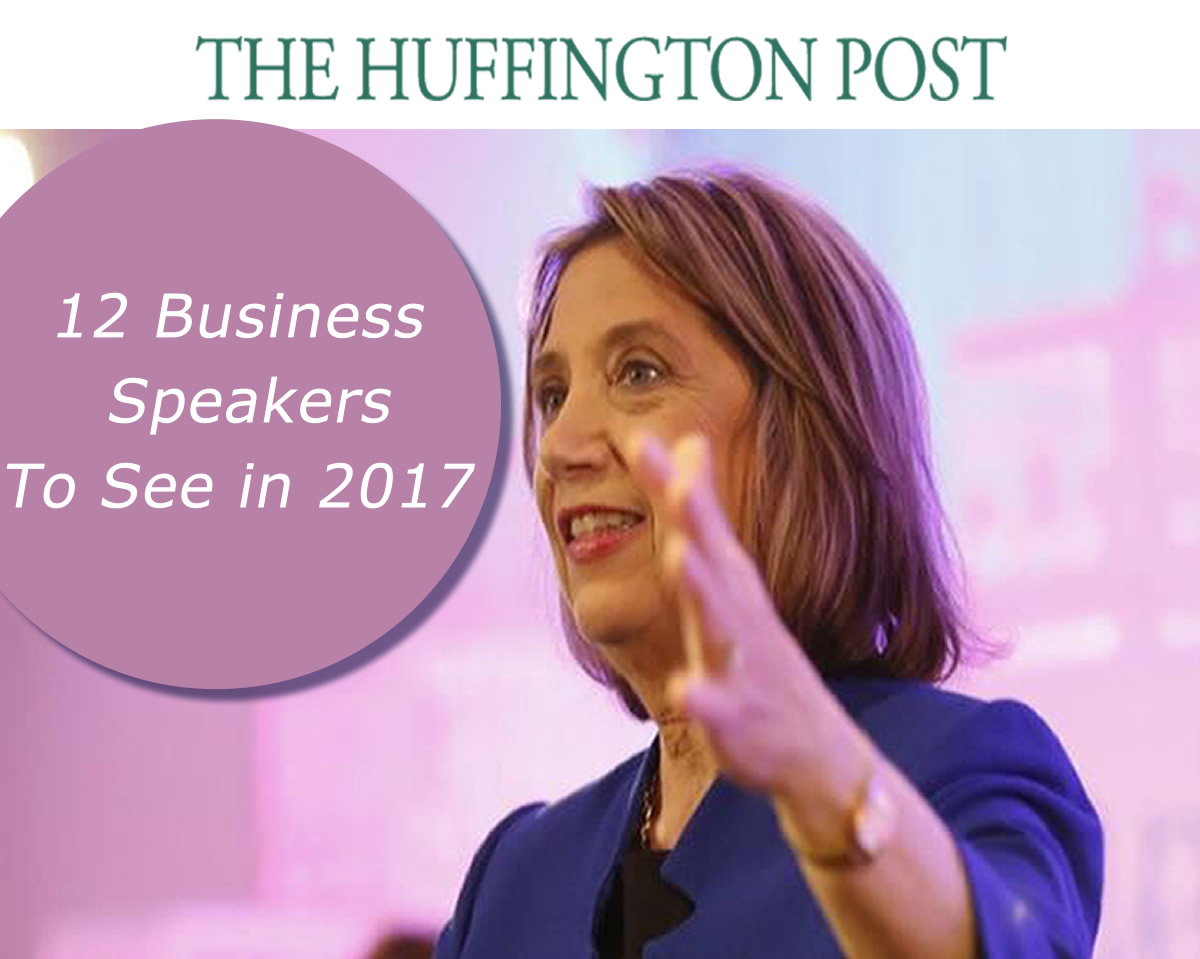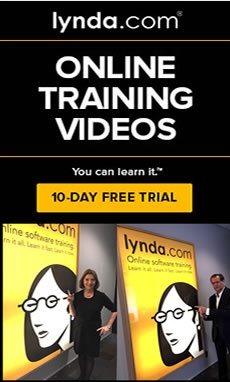Originally posted on IBM Social Business Spotlight Blog – April 25, 2016 Written by: Cheryl K Burgess
You Have the Tools, But Do You Have the Talent? Thoughts from the @IBM #OutThink Tour 2016
Recently, I was invited to attend the “IBM OutThink Tour 2016” event in New York City as an IBM VIP Influencer. Hosted at the New-York Historical Society Museum & Library, this event was focused on the changing role of technology and talent in the modern business.
At the center of the event was a talk delivered by Eric Lesser, Research Director at the IBM Institute for Business Value. The focus of this presentation was on a recently released IBM report, “Redefining Talent.” Central to the report were three questions: How does your organization manage talent in the digital age? What technologies are companies using with their workforce, and what implication do they have for both employees and HR service delivery? And finally, how can organizations unlock these tools to be more flexible, analytical and social?
To answer these questions, IBM surveyed over five thousand business leaders, 601 of whom were CHROs. Both the CHROs and the other business leaders (CXOs, CFOs, CIOs, etc.) were in agreement on the major trends expected to impact business in the next three to five years: industry convergence, the anywhere workplace and rising cyber-risk.
According to Lesser, industry convergence is a topic of special importance, since digital disruption has put organizations across the board on alert for an entirely new kind of competition. Business leaders everywhere fear being “Uberized”—that is, having a new entrant come seemingly out of nowhere to interrupt their business model. Common among these disruptive competitors is a leaner, more nimble business model that better puts customers and vendors in direct contact with each other.
This has significant implications for an organization’s relationship to its talent. To stay relevant, companies need workers with an entirely new skill set. They aren’t going to find all these skills dormant within their organization though. In fact, they often won’t be able to fulfill all their needs even through recruiting. Instead, it will be an all-of-the-above approach in which employers use training, recruiting, and third-party vendors to meet their business needs.
Lesser refers to this as capturing new fish in new ponds. And much of it begins with establishing a brand image in line with target skill sets (like GE did with their “What’s the Matter With Owen?” commercials). In other words, businesses must be in the habit of looking at talent through a marketing lens.
From an HR perspective, a new kind of talent means a new kind of relationship. How can the CHRO help design an environment that is going to attract and retain individuals with these new in-demand skills? What kinds of environments are friendly to these types of roles? With organizations always on the lookout to woo top talent away—think Uber’s recruitment efforts at Carnegie Mellon—HR must also ask what they can do to keep these employees engaged and passionate.
Ultimately, this leads to a focus on a more collaborative organization, one that looks not only to fill existing talent vacuums, but also to create learning opportunities and push the barriers of possibility. As always, this process begins in the C-Suite. According to the IBM survey, although nearly two-thirds (63 percent) of business leaders surveyed understood the impact of changing technologies on the workforce, less than half (46 percent) believed their organization was prepared to manage a more complex workforce.
So how can organizations become better prepared to meet the demands of a rapidly changing talent pool? In Blue Focus Marketing’s new video tutorial course “Social Employees: The New Marketing Channel,” we show how to build an effective, engaged social workforce—building an employee-first brand from the inside out. The course, released by Lynda.com, a LinkedIn company, first establishes marketing’s shifting role in the modern organization before explaining how to design a social employee pilot program—beginning with buy-in from the C-Suite. As more and more data demonstrating the value of social employees become available, the time to activate your workforce is now.
Welcome Video:
What you should know before watching this course video.
Culture eats strategy for breakfast.
Below are recent endorsements for The Social Employee (McGraw-Hill, August 2013) by Tom Peters and David Aaker on their social networks, but if you want to see more of their endorsements click here.

In The Social Employee, we go behind the scenes with several leading brands—such as IBM, AT&T, Dell, Adobe, Southwest Airlines, Cisco, Acxiom, and Domo—pulling the lid off the inspiring social business success stories that have propelled these companies into the 21st century. These cutting-edge brands have all come to the same realization: the path to social business lies through empowering the social employee.
See what others are saying about The Social Employee and order your copy today!
Please check out @SocialEmployee media buzz! 
 “Great brands have always started on the inside, but why are companies taking so long to leverage the great opportunities offered by internal social media? . . . The Social Employee lifts the lid on this potential and provides guidance for businesses everywhere.” —JEZ FRAMPTON, Global Chairman and CEO, Interbrand
“Great brands have always started on the inside, but why are companies taking so long to leverage the great opportunities offered by internal social media? . . . The Social Employee lifts the lid on this potential and provides guidance for businesses everywhere.” —JEZ FRAMPTON, Global Chairman and CEO, Interbrand
 The Social Employee offers an unparalleled behind-the-scenes look at the social business success stories of some of the biggest brand names in the business world, including IBM, AT&T, Dell, Adobe, Southwest Airlines, Cisco, Acxiom, and Domo. These cutting-edge brands have all come to the same realization: the path to social business lies through empowering the social employee.
The Social Employee offers an unparalleled behind-the-scenes look at the social business success stories of some of the biggest brand names in the business world, including IBM, AT&T, Dell, Adobe, Southwest Airlines, Cisco, Acxiom, and Domo. These cutting-edge brands have all come to the same realization: the path to social business lies through empowering the social employee.
The brands that leverage their employee base in order to engage customers and prospects through social media are the ones destined to win the marketing wars. This book not only details the astronomical rise of the social employee, but also outlines the innovative methods that leading companies have employed to foster cultures of enthusiastic and engaged workers.
FOR EWORD by David C. Edelman, Global Co-Leader, Digital Marketing & Sales Practice, McKinsey & Company
EWORD by David C. Edelman, Global Co-Leader, Digital Marketing & Sales Practice, McKinsey & Company
AFTERWORD by Kevin Randall, journalist for The New York Times, The Economist and Vanity Fair.
Download ~> Free Chapter 3 – “Brands Under Pressure”

















